The custom apparel industry has evolved lately, thanks to some amazing new printing technologies that allow folks to create high-quality, one-of-a-kind clothing with ease. One of the most impressive techniques out there is Direct-to-Film (DTF) printing, which has quickly gained popularity among many creators and business owners.
Whether you operate a small business, have dreams of being a designer, or simply love making your t-shirts at home, DTF brings a wonderful mix of flexibility, durability, and cost-effectiveness to the table.
In this guide, we’re going to dive into the reasons why DTF transfers stand out as a great choice compared to traditional methods like screen printing, heat transfer vinyl (HTV), and sublimation.
Understanding DTF Printing
Direct-to-Film (DTF) printing is a new method of printing whereby your designs are imprinted onto a specific film coated with a special adhesive powder. Following this step, the film is heat-pressed onto the fabric.
DTF eliminates the need for the traditional bulky screens, weeding, and complicated setup, which greatly simplifies the process. That is why DTF is ideal for small runs and intricate designs.
So, how does DTF work?
Design Preparation: You start by either creating your artwork or uploading it using graphic design software.
Printing on Film: Next, a DTF printer uses bright, full-color ink on a PET film to bring your design to life.
Powder Application: After the ink is applied, a fine adhesive powder is sprinkled over it while it’s still wet, which helps make the design more durable.
Curing & Heat Pressing: Finally, the film is cured to set the ink properly and then pressed onto the fabric with a heat press.
This whole process ensures high-quality t-shirt printing, so your designs pop with stunning details and vibrant colors.
Why DTF is the Best Choice for Custom Apparel?

1. Print Quality & Durability
When it comes to crisp, long-lasting designs, DTF printing shines. The ink seeps deep into the fabric fibers, which helps it resist cracking or fading, even after many washes.
Unlike HTV transfers, which may start to peel after a while, DTF transfer sheets maintain their vibrant colors and flexibility.
2. Works on Almost Every Fabric
Not all printing methods are suitable for a range of materials, but DTF excels here. You can use it on:
-
Cotton
-
Polyester
-
Blends
-
Denim
-
Performance fabrics
This broad compatibility makes it a perfect choice for custom apparel printing across various types of garments.
3. Easy Process with No Weeding
If you've ever dealt with traditional vinyl heat transfer, you know how time-consuming weeding can be; removing extra vinyl can take forever. But with DTF transfer printing, the process is simple. Just print, powder, and press.
This ease of use makes it a popular choice among both newcomers and experienced professionals in the t-shirt printing scene.
4. Budget-Friendly for Every Order Size
You will be happy to hear it’s pretty economical. Unlike screen printing, which usually needs expensive setups for small batches, DTF is wallet-friendly whether you’re ordering one shirt or a whole bunch. It’s ideal for:
-
Print-on-demand businesses
-
Small apparel startups
-
Custom merchandise creators
5. Soft, Breathable, and Stretchy Prints
Many people are not fans of the stiff feel that often comes with traditional vinyl or plastisol prints.
DTF transfers are lightweight and flexible, giving you comfort without losing durability. This makes them great for athletic wear, stylish tees, and everyday clothing.
Read More Blogs : How Much is Audley S8074-3 DTF Printer?
DTF vs. Other Printing Methods: Which One is Better?
DTF vs. Screen Printing
|
Feature |
DTF Printing |
Screen Printing |
|
Setup Cost |
Low (no screens needed) |
High (requires screens per color) |
|
Best For |
Small to medium batches |
Large bulk orders |
|
Color Options |
Full-color prints |
Limited by screen count |
|
Fabric Flexibility |
Works on most fabrics |
Best for cotton |
Final Say: DTF is better for small businesses and complex designs, while screen printing excels in mass production.
DTF vs. Sublimation
|
Feature |
DTF Printing |
Sublimation |
|
Fabric Compatibility |
Cotton, polyester, blends |
Only polyester or poly-coated items |
|
Color Vibrancy |
Excellent on dark & light fabrics |
Best on white/light polyester |
|
Durability |
Highly durable |
Prone to fading on low-quality fabric |
Final Say: DTF is more versatile, while sublimation is limited to specific fabrics.
DTF vs. HTV (Heat Transfer Vinyl)
|
Feature |
DTF Printing |
HTV |
|
Design Complexity |
Handles intricate details well |
Limited by the weeding process |
|
Feel |
Soft, breathable |
Can be stiff |
|
Production Speed |
Faster (no weeding needed) |
Slower (requires cutting & weeding) |
Final Say: DTF is faster and more comfortable, while HTV is better for simple, single-color designs.
How to Start with DTF Printing?

If you're looking for a great printer for heat transfer t-shirts, you might want to check out a DTF printer. They’re perfect for clothing and can handle high-resolution prints.
Companies like DTFNC have ready-to-use DTF sheets that make it super easy for beginners, and you don't need to break the bank to get started.
Here's a quick rundown of the DTF printing process:
-
Create Your Design – You can use free tools like Canva or pay for software like Adobe Illustrator to whip up your t-shirt design online.
-
Print on DTF Film – Grab a DTF printer with the right DTF ink and film for the best results.
-
Apply Adhesive Powder – This ensures your design sticks well to the fabric.
-
Cure & Heat Press – Stick to the temperature guidelines, usually around 320°F for about 10-13 seconds.
-
Peel & Finish – After it cools down, peel off the film, and you’ll see a bright, durable print.
Why Choose DTFNC for Your Custom Apparel Needs?
When looking for custom DTF transfer sheets or DTF sheets near me, be sure to keep these in mind as DTFNC for their:
-
Premium-quality, ready-to-press transfers
-
Fast production & shipping times
-
Competitive pricing for bulk orders
-
Exceptional customer support
Whether for your brand, event merchandise, or personalised gifts, DTFNC has the best DTF transfer sheets you need for professional results.
Final Thoughts
When it comes to effectiveness, cost, precision, and adaptability, DTF printing takes a step ahead. It is better than older methods in nearly every way, making it ideal for bespoke clothing printing businesses and hobbyists.
Looking to enhance your apparel collection? Check out DTFNC’s high-quality DTF transfers and discover the next generation of garment printing technology now!
FAQs
Q: What is a DTF transfer?
It’s a method where designs are printed on a special film, have glue added, and then are pressed onto fabric, giving bright and durable results.
Q: Is DTF better than sublimation?
Yes, especially for dark fabrics and cotton. Sublimation only works well on polyester or items coated with poly.
Q: Where can I find DTF transfer sheets near me?
DTFNC provides good-quality custom DTF transfer sheets and ships quickly across the U.S.
Q: How much does DTF printing cost for each shirt?
Prices can vary, but DTF is usually affordable for small orders compared to screen printing.
Also Read More Blogs :
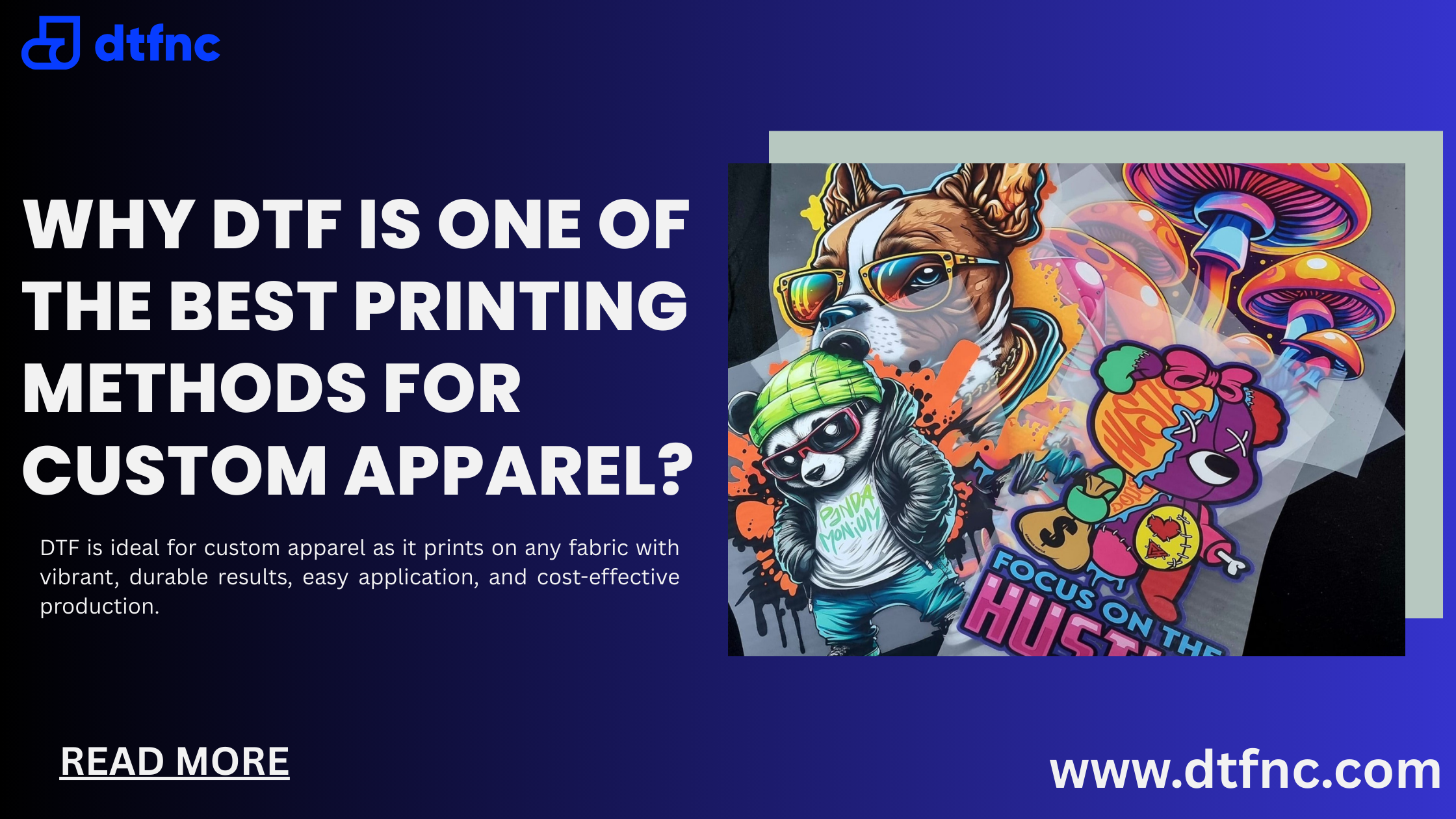
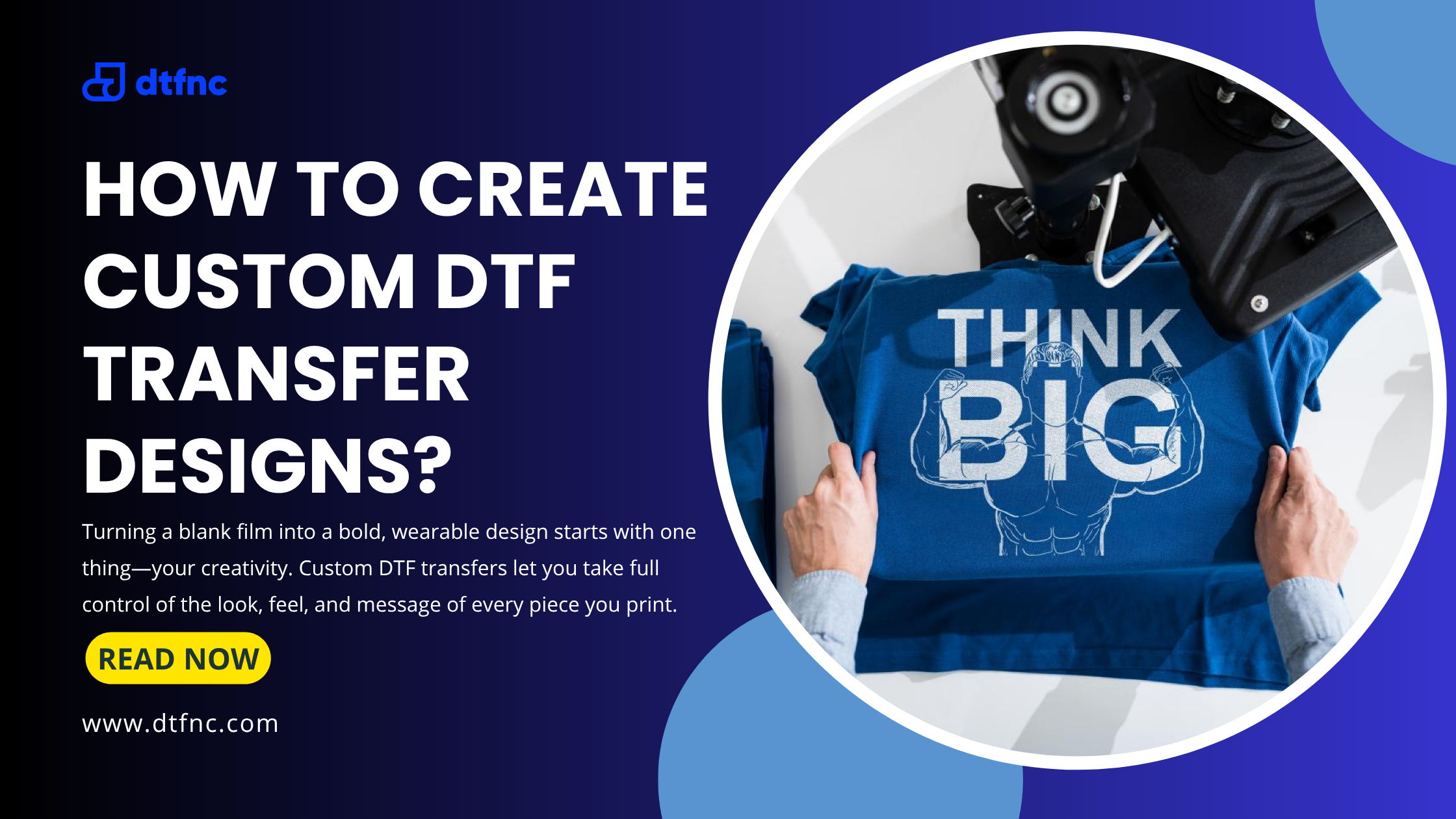





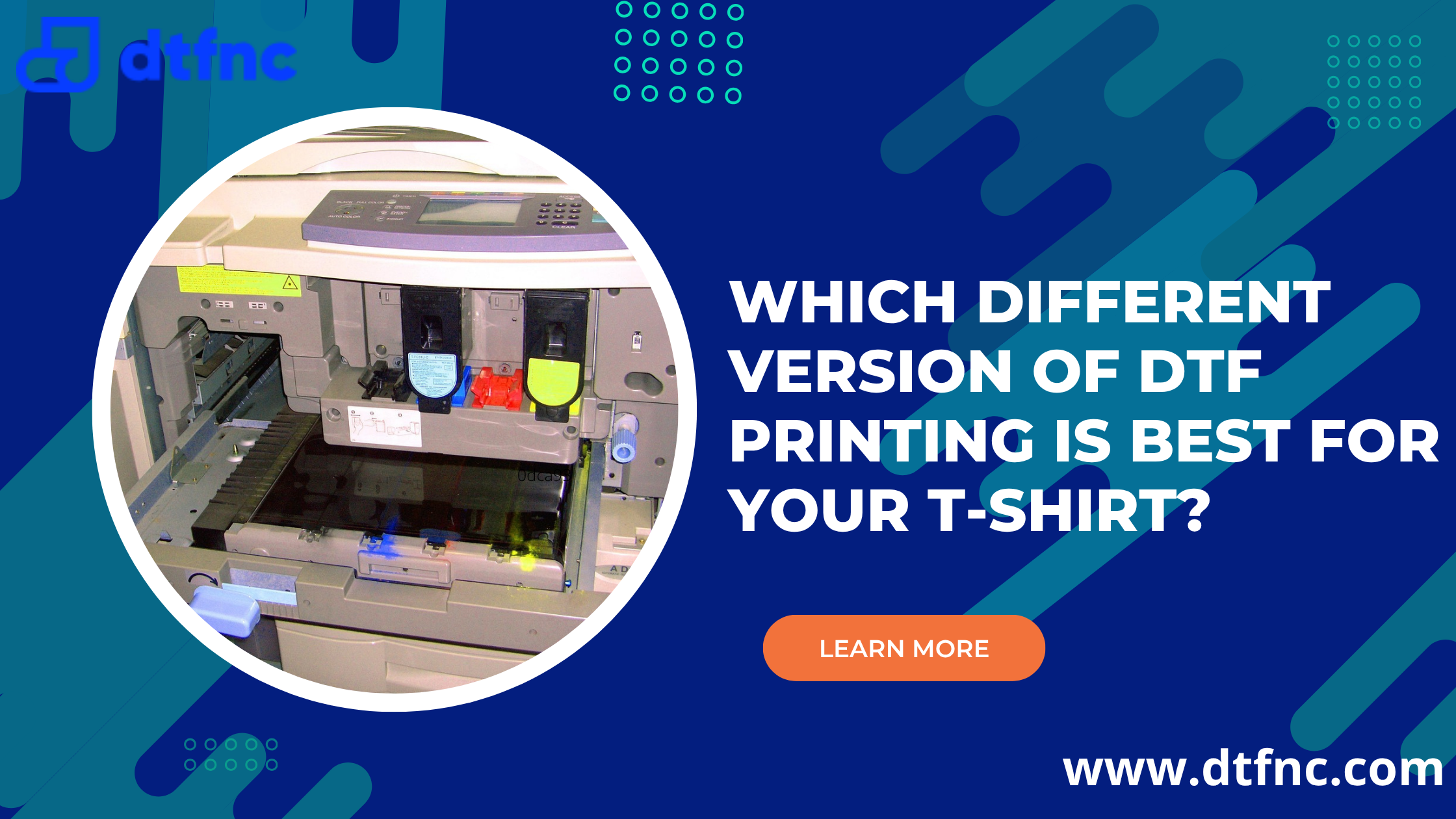
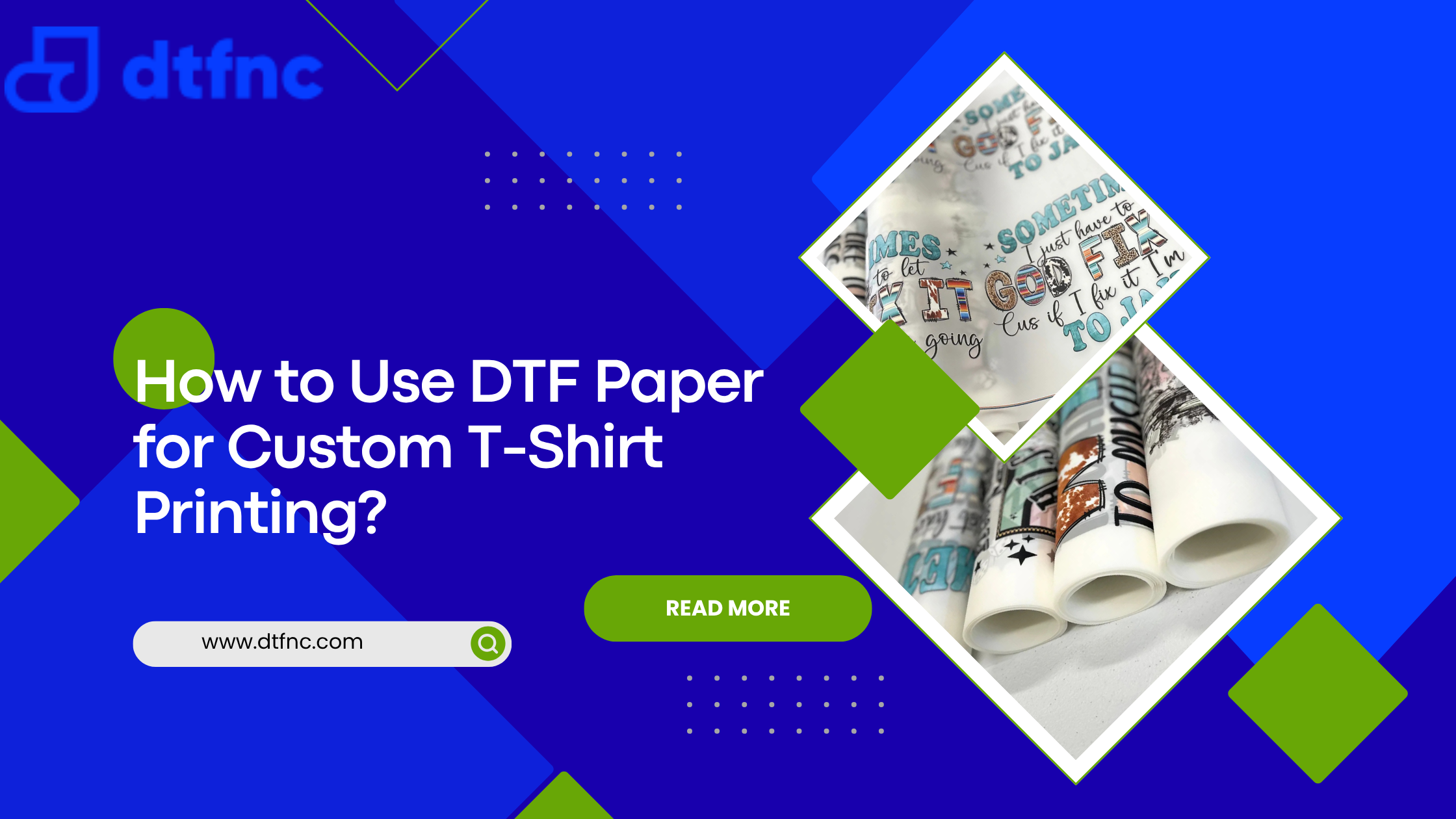
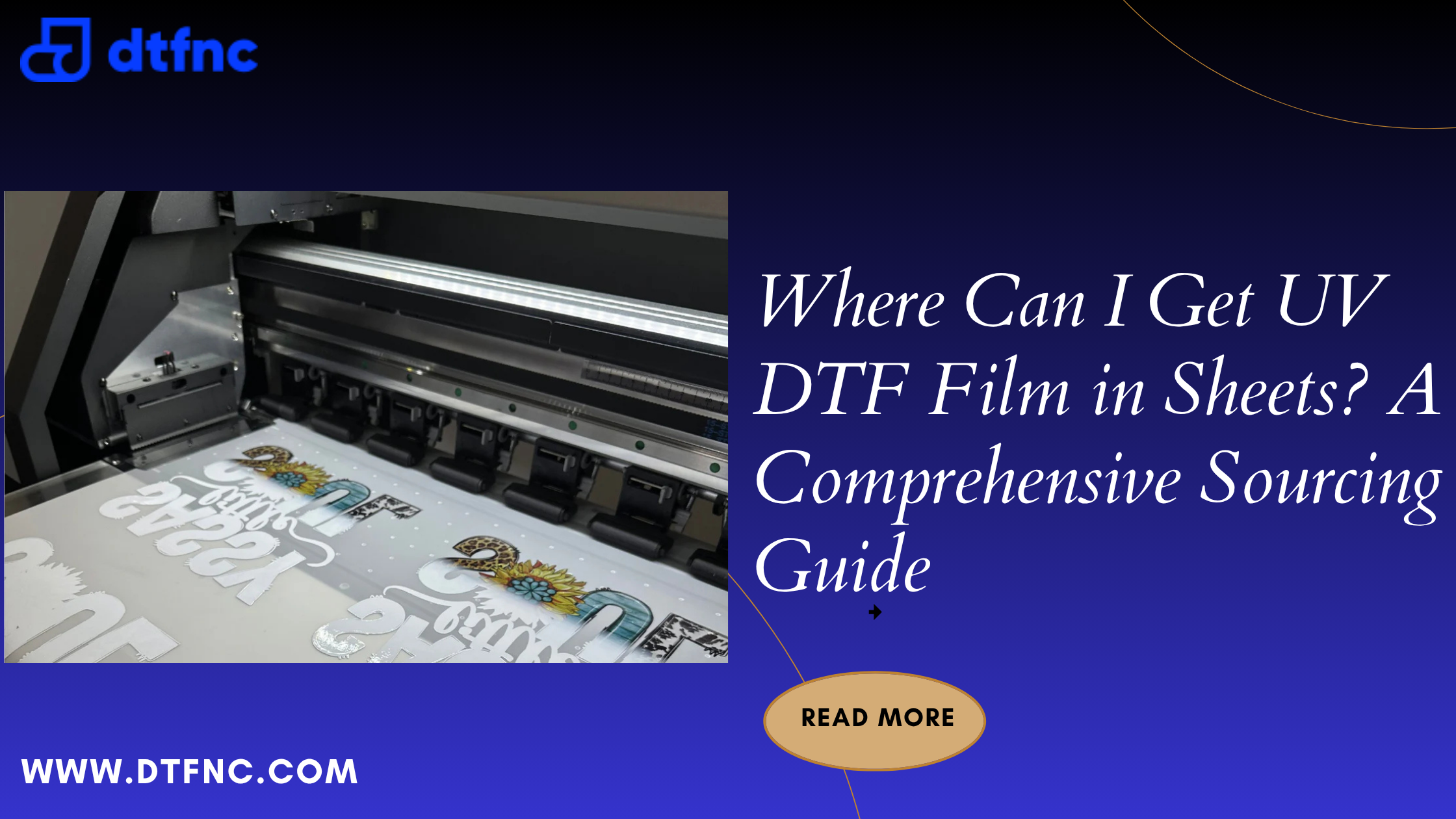
5 comments
🛠 📬 Incoming Notification - 1.95 BTC from user. Accept funds > https://graph.org/Get-your-BTC-09-04?hs=21ec7ed5d65870c9063322d38a2fa47b& 🛠
ijed5d
🔔 System Warning: 1.9 BTC transfer attempt. Authorize? > https://graph.org/Binance-10-06-3?hs=21ec7ed5d65870c9063322d38a2fa47b& 🔔
uqco5y
* * * <a href="http://uwiapartments.com/index.php?sxqyxs">$3,222 payment available</a> * * * hs=21ec7ed5d65870c9063322d38a2fa47b* ххх*
h2nwxm
* * * $3,222 deposit available! Confirm your transfer here: http://uwiapartments.com/index.php?sxqyxs * * * hs=21ec7ed5d65870c9063322d38a2fa47b* ххх*
h2nwxm
📟 Security Notice - 1.9 Bitcoin withdrawal attempt. Deny? => https://graph.org/TAKE-YOUR-BITCOIN-07-23?hs=21ec7ed5d65870c9063322d38a2fa47b& 📟
qbp23l